Optimal Timing for Epoxy Resurfacing
Epoxy resurfacings are a durable flooring solution suitable for various environments, including garages, commercial spaces, and industrial facilities. Proper timing ensures optimal adhesion, curing, and longevity of the resurfacing. Factors such as temperature, humidity, and surface condition influence the best time to perform epoxy applications.
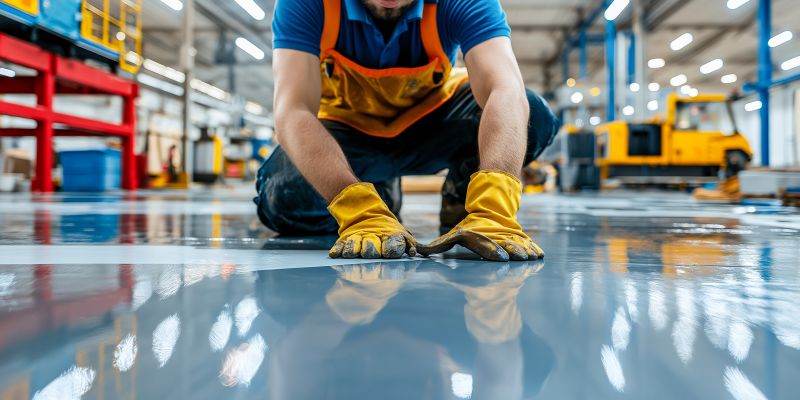
Ideal for controlled environments where temperature and humidity can be maintained within recommended ranges.
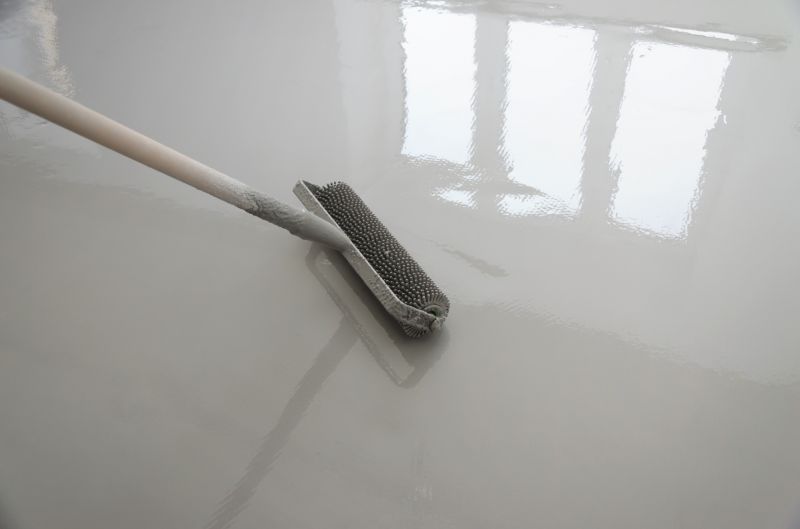
Best done during mild weather conditions with low humidity and stable temperatures to prevent curing issues.
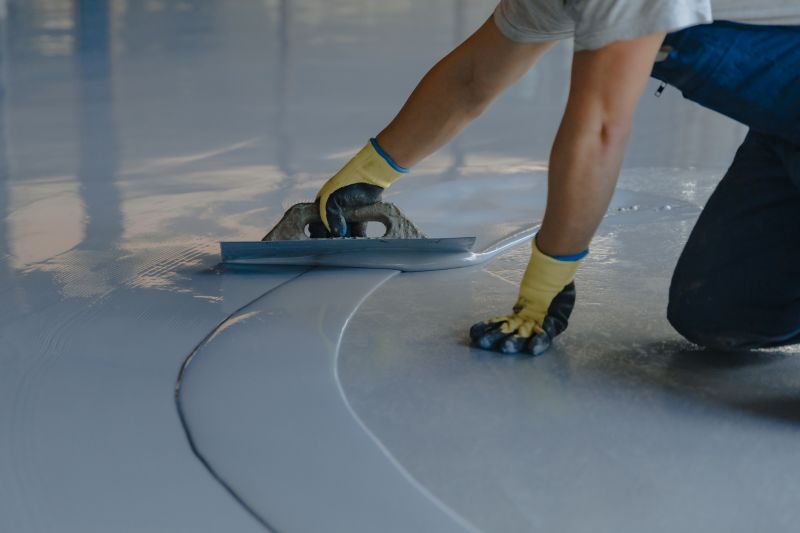
Spring and fall often provide optimal conditions, avoiding extreme heat or cold that can affect epoxy curing.
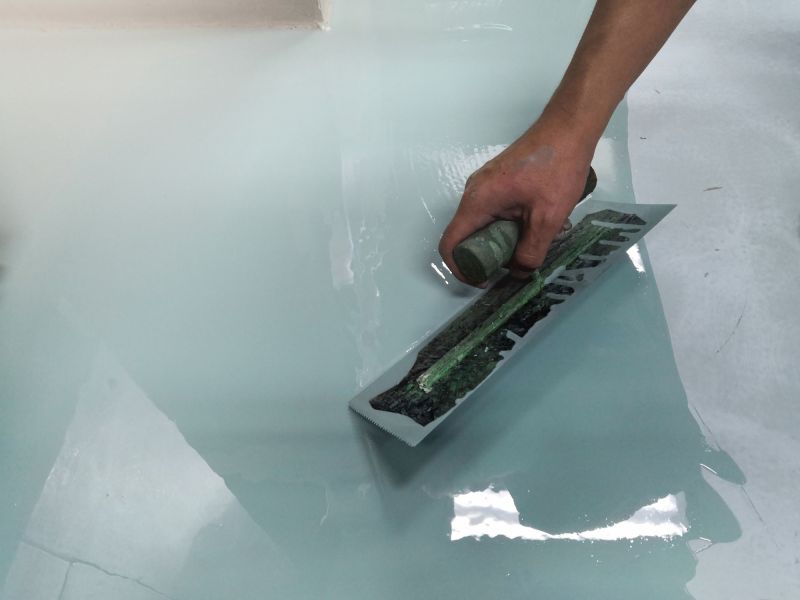
Ways to make Epoxy Resurfacings work in tight or awkward layouts.
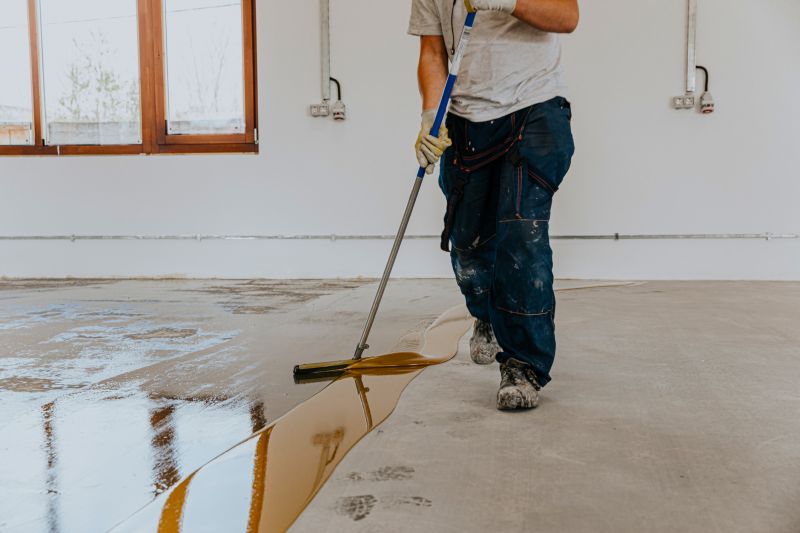
Popular materials for Epoxy Resurfacings and why they hold up over time.
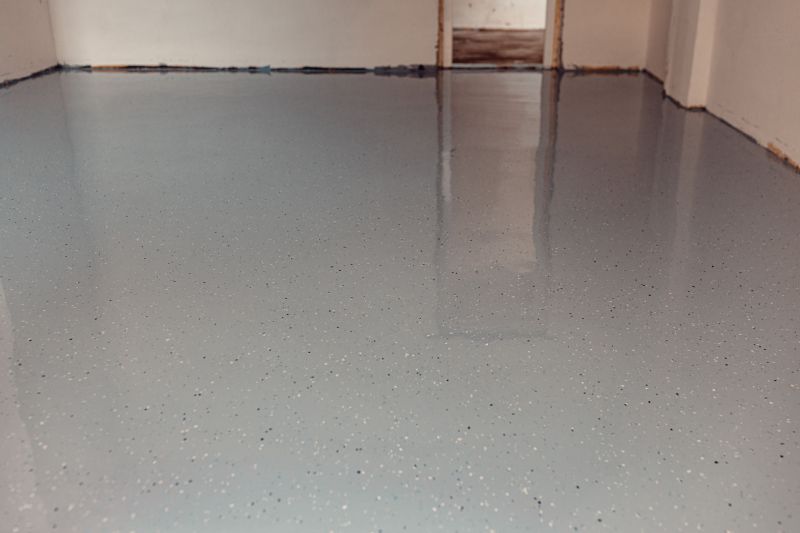
Simple add-ons that improve Epoxy Resurfacings without blowing the budget.

High-end options that actually feel worth it for Epoxy Resurfacings.

Finishes and colors that play nicely with Epoxy Resurfacings.
Epoxy resurfacings are a popular choice for restoring and upgrading existing concrete surfaces. They offer a seamless, high-gloss finish that resists stains, chemicals, and abrasions. Proper surface preparation and timing are critical to achieving the best results. The curing process typically requires specific temperature and humidity conditions to prevent issues such as bubbling, peeling, or improper adhesion.
| Optimal Conditions | Details |
|---|---|
| Temperature | Between 50°F and 85°F (10°C to 29°C) |
| Humidity | Below 70% relative humidity |
| Surface Condition | Clean, dry, and free of contaminants |
| Weather | Dry and mild conditions preferred |
| Time of Day | Mid-morning to late afternoon for outdoor applications |
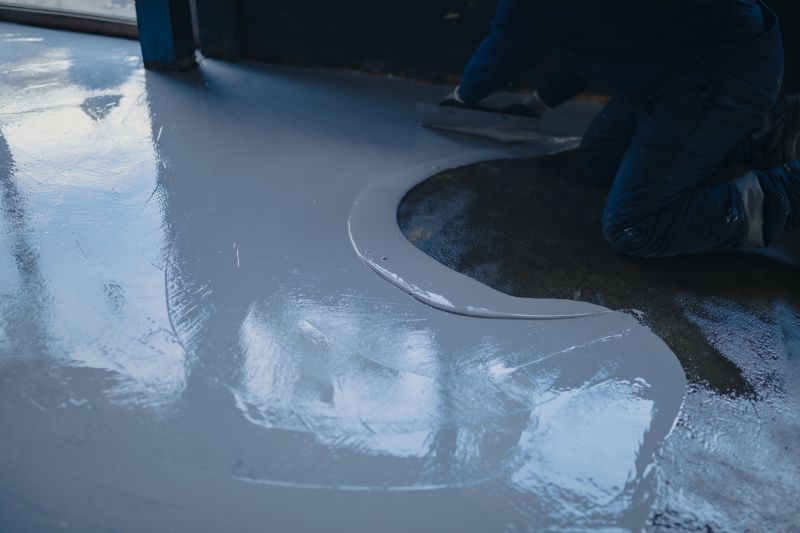
Ideal due to moderate temperatures and lower humidity levels, ensuring proper curing.

Suitable because of cooler temperatures and stable weather conditions.
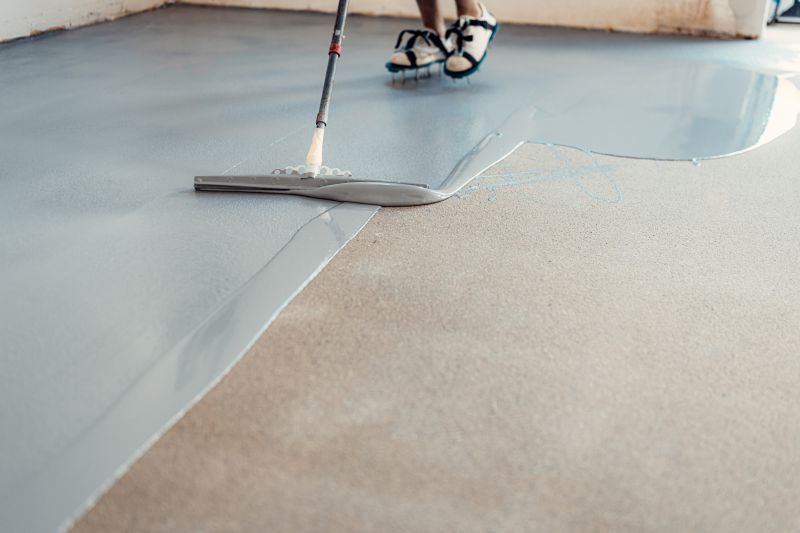
Cold temperatures and high humidity can hinder curing and adhesion.
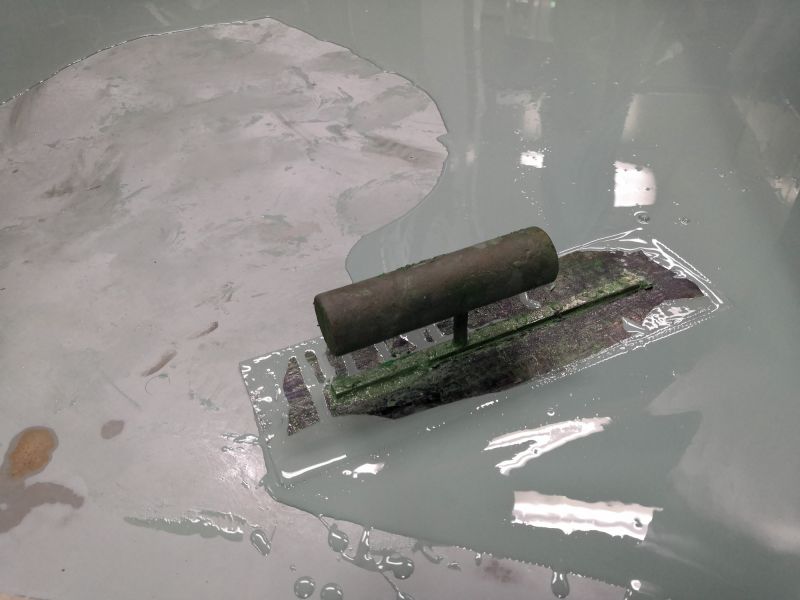
High temperatures require careful planning to prevent rapid curing and surface defects.
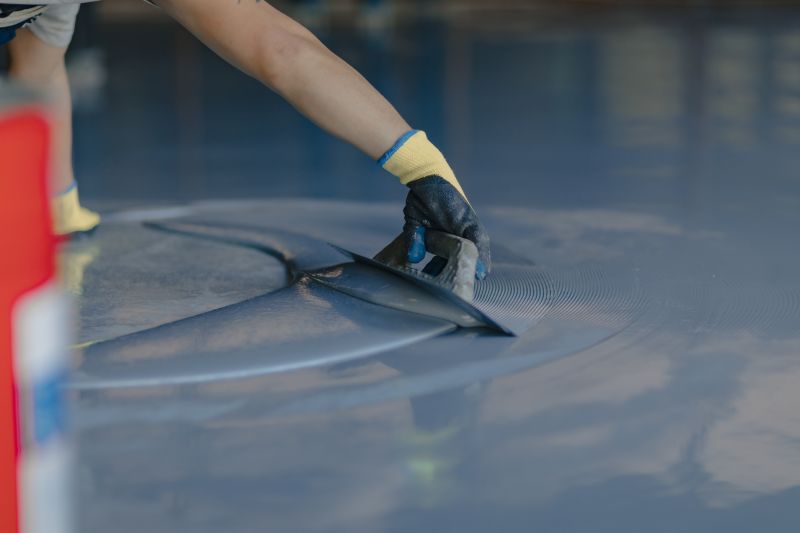
Little measurements that prevent headaches on Epoxy Resurfacings day.
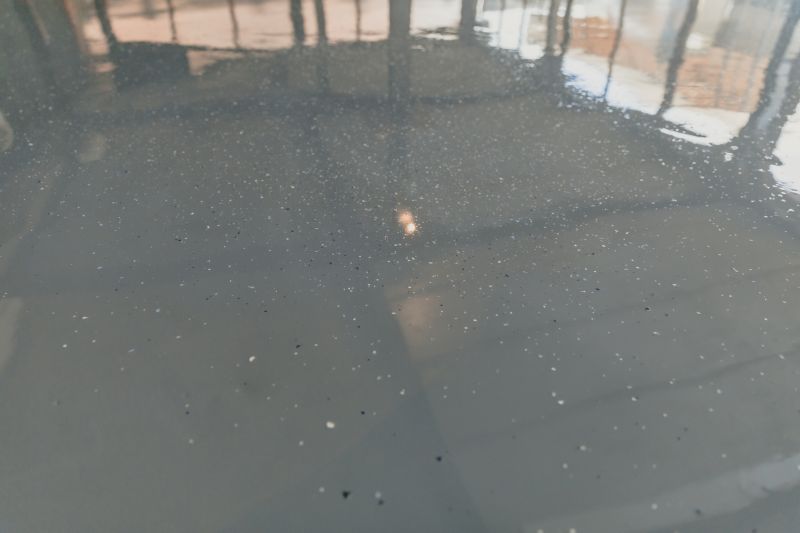
A 60-second routine that keeps Epoxy Resurfacings looking new.
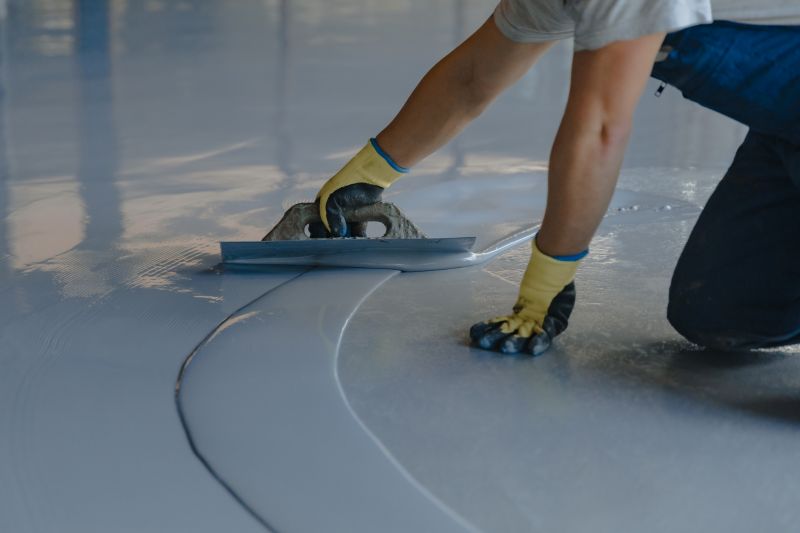
A frequent mistake in Epoxy Resurfacings and how to dodge it.
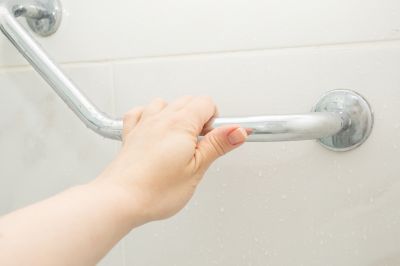
Small tweaks to make Epoxy Resurfacings safer and easier to use.
Understanding the ideal timing for epoxy resurfacings can significantly impact the durability and appearance of the finished surface. Proper planning around weather conditions and seasonal changes helps ensure a successful application. Consulting with professionals can provide guidance tailored to specific project requirements and local climate patterns.
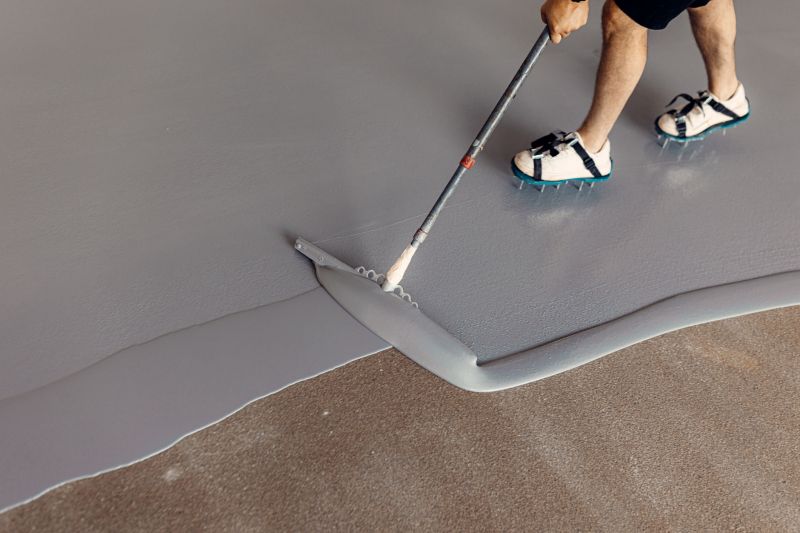
Showcasing a professional application during optimal weather conditions.
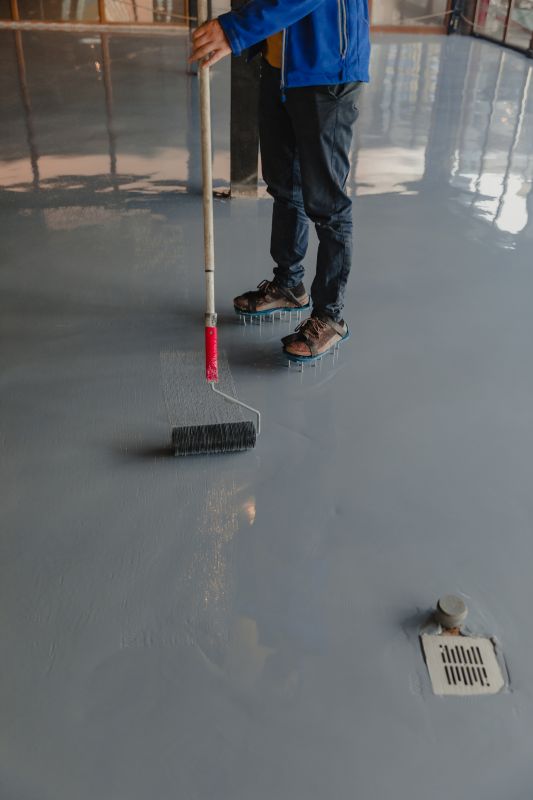
Clean and dry surfaces are essential before applying epoxy resurfacings.
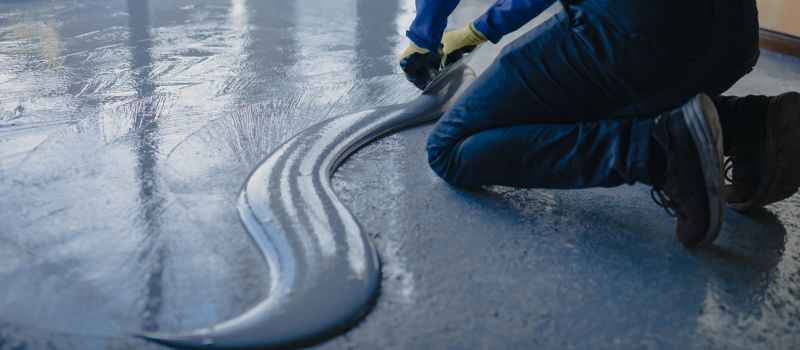
Proper temperature and humidity control are vital for successful curing.
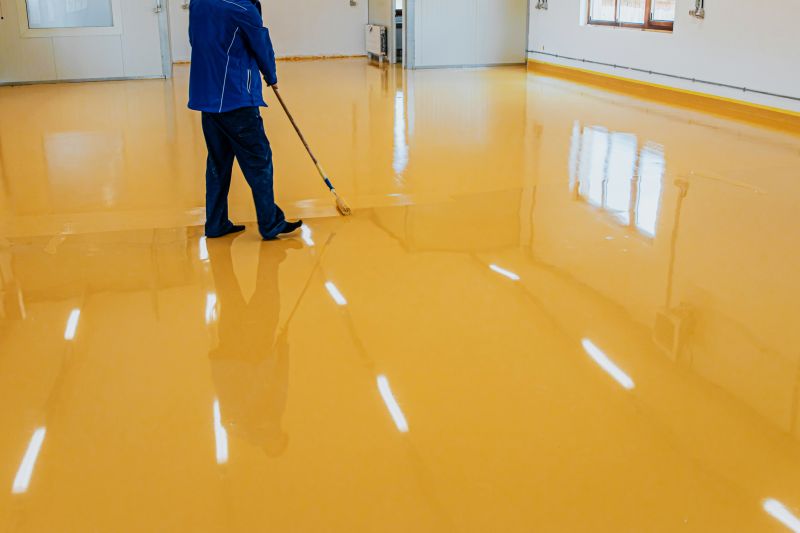
A seamless, durable surface ready for use.
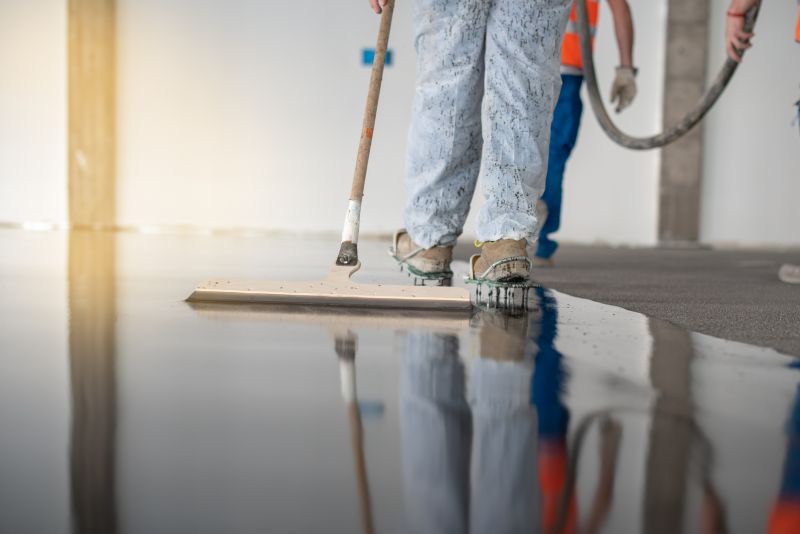
Lower-waste or water-saving choices for Epoxy Resurfacings.
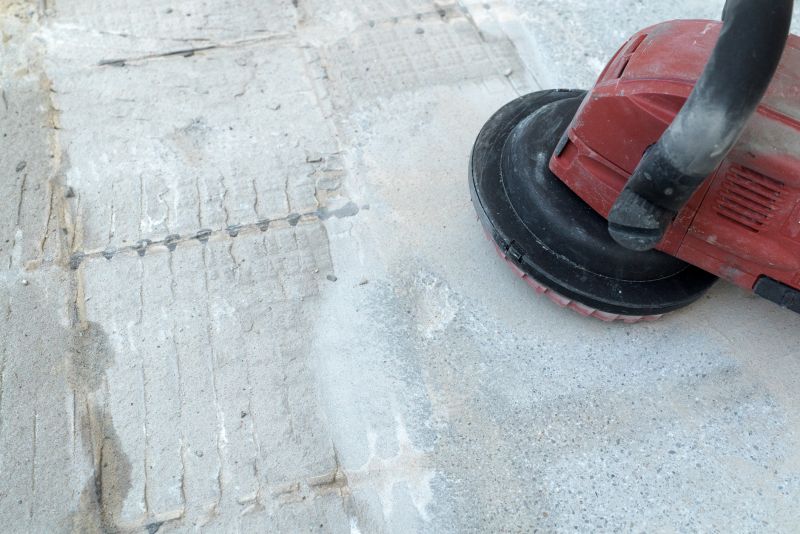
The short, realistic tool list for quality Epoxy Resurfacings.
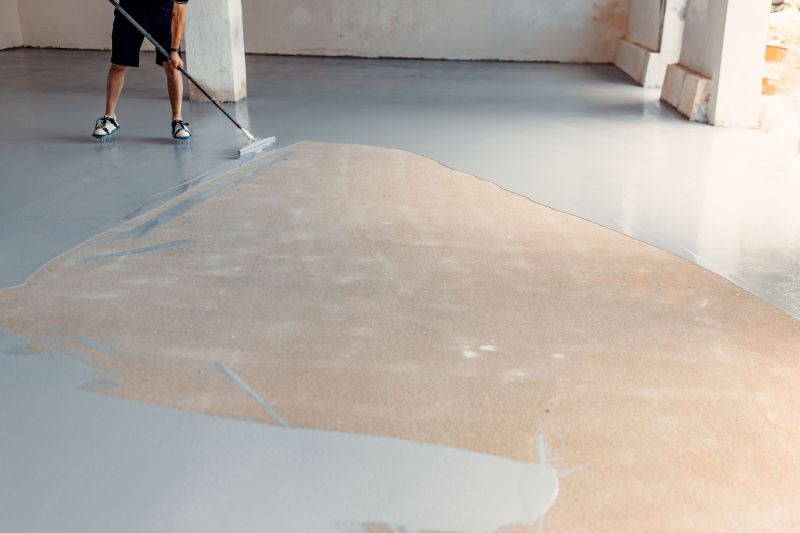
Rough timing from prep to clean-up for Epoxy Resurfacings.

Quick checks and paperwork to keep after Epoxy Resurfacings.
Interested in epoxy resurfacings? Contact for more information or to schedule an assessment. Proper timing and preparation can enhance the longevity and appearance of the resurfaced area, making it a valuable investment for property owners.
Examples that show the impact a good Epoxy Resurfacings can make.
Ways to make Epoxy Resurfacings work in tight or awkward layouts.
Ways to make Epoxy Resurfacings work in tight or awkward layouts.
